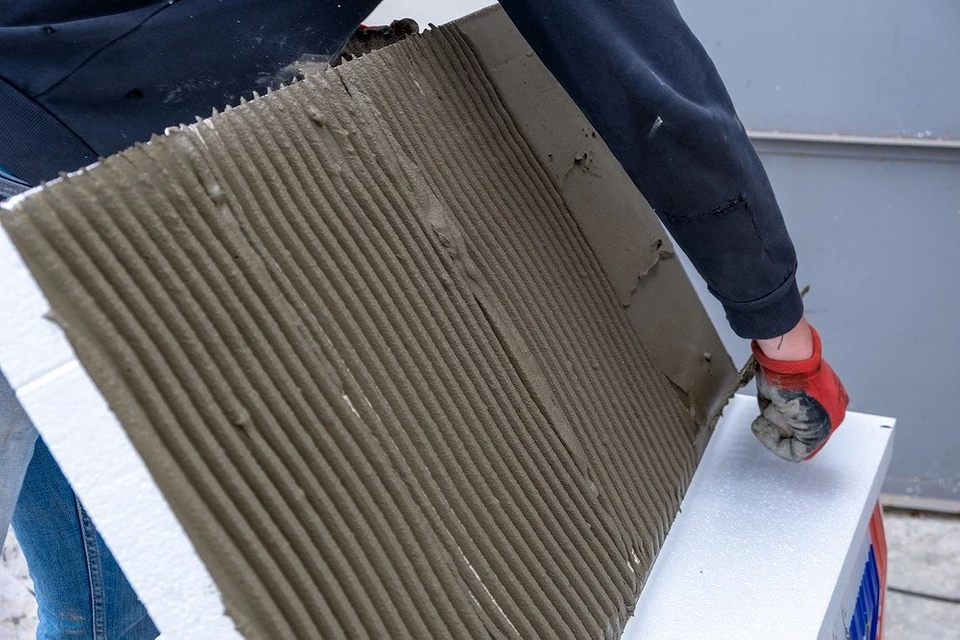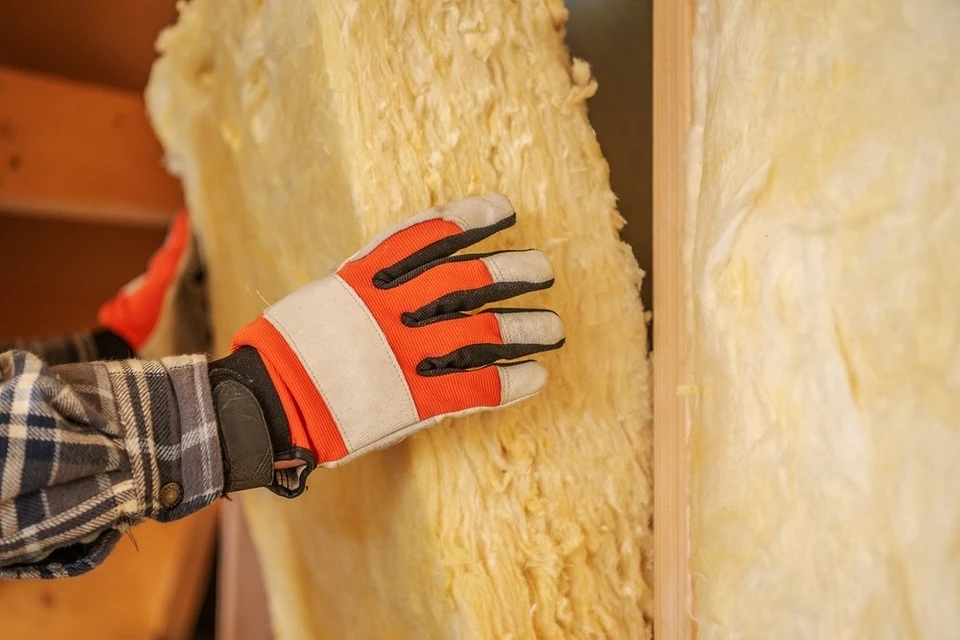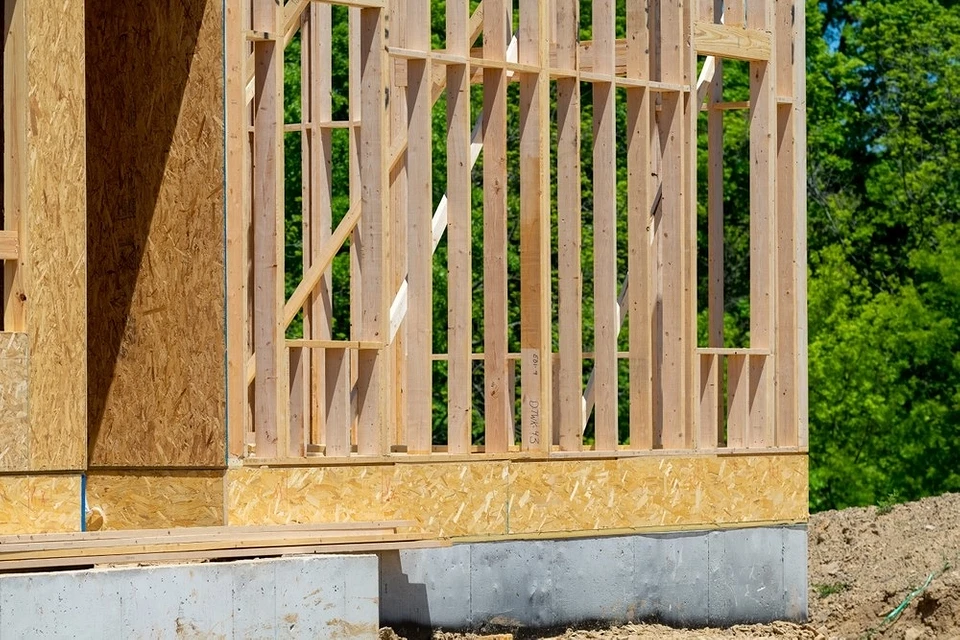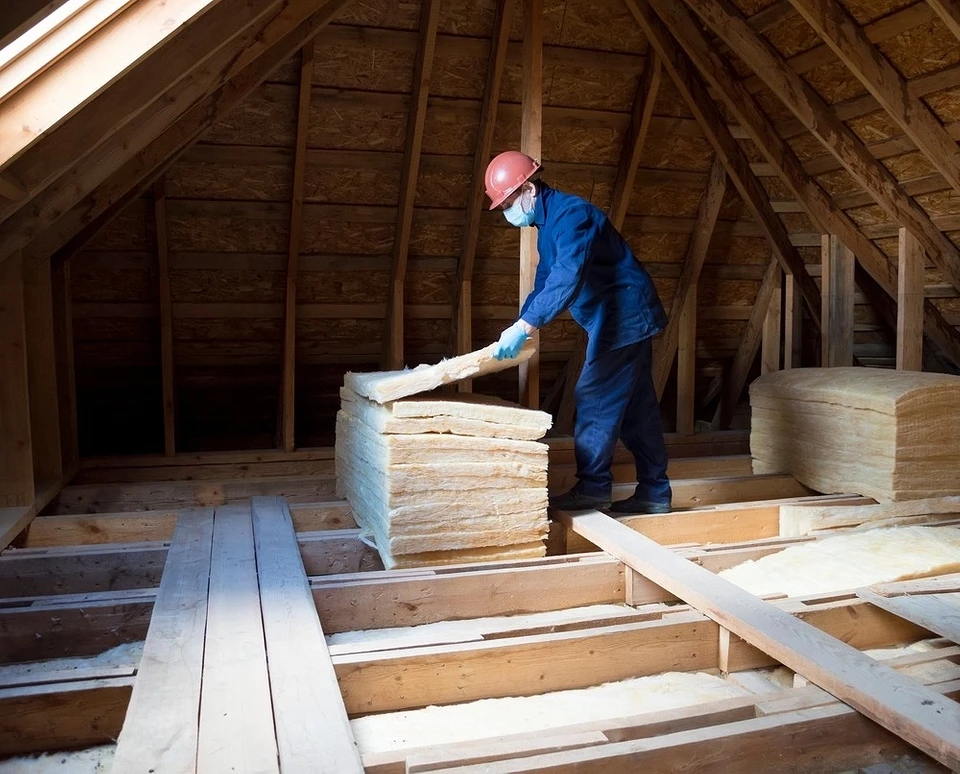Can You Live in a Frame House Year-Round?
Yes, if it’s properly insulated. Here’s how you can do it.
A frame house is more affordable and quicker to build than other homes. However, some people worry about its ability to stay warm during winter. There’s no need to be concerned. We’ve put together detailed instructions on effectively insulating a frame house inside and outside to ensure comfort no matter the season.
Everything You Need to Know About Insulating a Frame House
Materials and Tools Needed
- For Walls:
- Exterior: Ventilated facade technology
- Exterior: Wet facade technology
- Interior
- For Floor and Foundation:
- Foundation insulation
- First-floor ceiling insulation
- For Roof:
- Additional Tips for Cold Protection
Selecting Materials and Preparing Tools

When insulating a frame house yourself, various insulation materials can be used. The required tools are generally the same across the board.
You’ll need:
- Tape measure
- A hacksaw or another tool for cutting wooden beams (100 mm thick)
- Sharp utility knife (for cutting mineral wool)
- Cutting tool with a smooth, sharp blade (for films)
- Foam hot knife (if using foam insulation)
- Furniture stapler
- Wood drill
- Notched trowel and glue brush (for wet facade technology)
Other consumables include:
- Disc dowels and fasteners
- Staples for staplers
- Liquid nails or foam adhesive (for wet facades)
- Vapor barrier film
- Wind and water protection film
- Dry timber (50×50 mm cross-section)
How to build a wood frame and SIP panel house
Key Insulation Materials
Proper insulation isn’t just effective; it’s also safe. When choosing materials, consider their safety, fire resistance, moisture absorption rate, and weight, as frame houses are designed for lightweight loads. In Russia, common insulation materials include:
- Polyurethane Foam: Available as quick-drying foam or ready-made slabs.
- Mineral or Basalt Wool: Offers excellent insulation and is fire-resistant, withstanding temperatures up to 250°C.
- Polystyrene Foam (EPS): Widely used but burns and releases toxic fumes. It absorbs moisture less than mineral wool.
While mineral wool is non-combustible, it does absorb moisture rapidly, reducing its insulating properties. Proper vapor barrier and waterproofing are essential when using this material.
EPS and PPU foam have the advantage of better heat retention but are more expensive and degrade faster under sunlight and in fires.
Insulating the Walls of a Frame House

Walls are the main source of heat loss. Insulating them properly ensures your home remains warm. You can insulate the walls either during construction or later. A basic insulation layer can prevent freezing, but additional insulation may be necessary in colder climates.
There are two main methods for insulating the facade:
- Wet Facade Technology
Ideal for dry climates, this method is suitable for lightweight walls and plaster finishes. - Ventilated Facade Technology
Best for humid climates, this method includes siding or panels and helps remove excess moisture from the walls.
Both methods use similar materials until the finishing stage.
Ventilated Facade Technology
- Attach wooden battens made from timber to the facade. For insulation slabs (50 mm thick), timber with a 100×50 mm cross-section works well.
- Place the slabs tightly, ensuring no gaps. Use plate dowels and self-tapping screws for fastening.
- For colder regions, a second layer of insulation may be necessary. This is more effective than increasing the thickness of a single layer.
- Cover the insulation with a waterproof membrane, which helps protect against moisture while allowing the insulation to breathe.
- Add a counter-batten horizontally and fix the decorative cladding of your choice (e.g., PVC siding).
Wet Facade Technology
For this method, you will need insulation slabs (e.g., mineral wool or EPS), plate dowels, and compatible glue.
Steps for Wet Facade Installation:
- Nail a horizontal strip (timber or metal) along the base to prevent insulation from sliding.
- Install the insulation slabs in a checkerboard pattern, starting from the bottom. Use glue to adhere the slabs.
- Fill the seams between slabs with foam and secure them with dowels.
- Apply a layer of glue, followed by a reinforcing mesh. Roll the mesh from bottom to top.
- Apply plaster and paint for the final finish.
Internal Insulation

External insulation prevents heat loss, while internal insulation maintains a comfortable microclimate. However, it’s crucial not to trap moisture inside the walls. When choosing materials and insulation thickness, calculate the dew point—the location where condensation might form due to a large difference between internal and external temperatures.
Steps for Internal Insulation:
- Prepare the walls by removing any existing finish.
- Install a wooden frame (50×50 mm bars) at 50-60 cm intervals.
- Install the chosen insulation material (e.g., mineral wool or spray polyurethane foam).
- Lay a vapor barrier to prevent moisture from penetrating the insulation.
- Attach finishing materials (e.g., plasterboard) to the frame.
Seven types of insulation for the home: which one to choose and why
Insulating the Floor and Foundation

Properly insulating the foundation and floors is just as important as insulating the walls. Without floor insulation, the house can still freeze.
- Foundation Insulation:
Insulate along the entire foundation base using EPS or mineral wool. Seal the joints with foam and cover with a wooden counter-lattice. - Floor Insulation:
For floor insulation, start by covering the subfloor with a wind and moisture protection membrane. Lay mineral wool, EPS, or polyurethane foam between the beams. For colder climates, a 100-150 mm insulation layer is recommended. The insulation should be covered with a vapor barrier to prevent moisture from the room from entering the insulation.
Tip: A heated floor system can enhance comfort by providing additional warmth.
Roof Insulation

Roof insulation is especially important in cold climates. Install insulation (mineral wool or EPS) between the rafters and protect it with a two-sided wind and moisture protection membrane. A vapor barrier on the inside prevents warm, moist air from reaching the insulation.
Additional Tips for Cold Protection

To further improve energy efficiency and comfort:
- Install multi-chamber double-glazed windows and exterior doors with thermal breaks.
- Ensure proper sealing around window and door openings to prevent drafts.
- Create a vestibule at the entrance to block cold air.
- Install efficient forced ventilation systems to reduce the need for frequent ventilation in winter.
With high-quality insulation, a frame house can remain warm and comfortable throughout the year, and its lifespan can extend up to 50 years without major issues.



